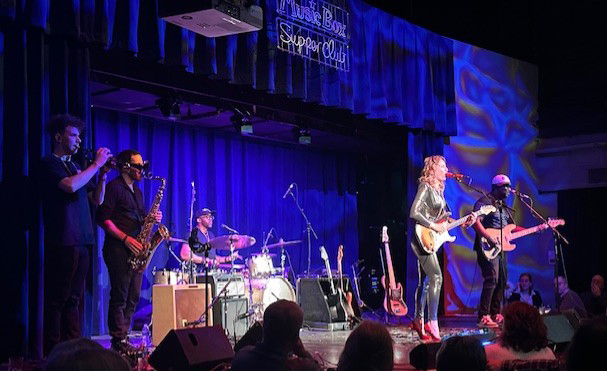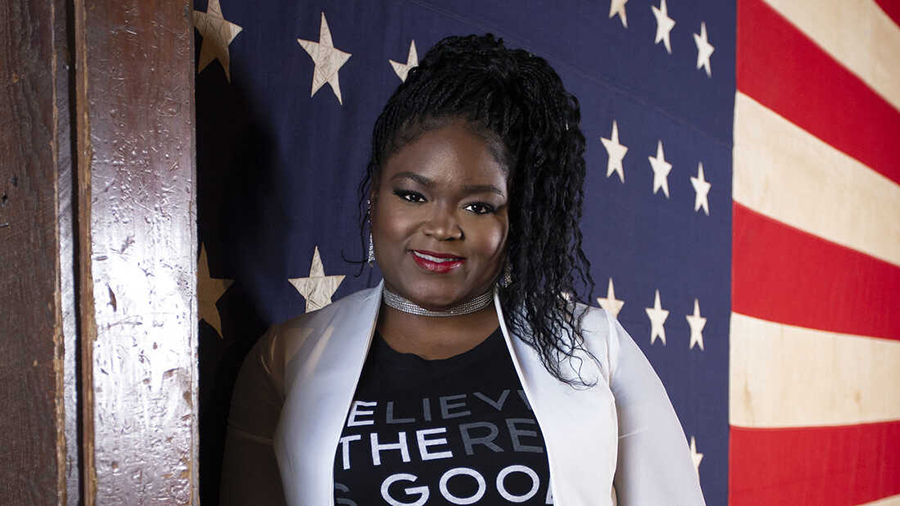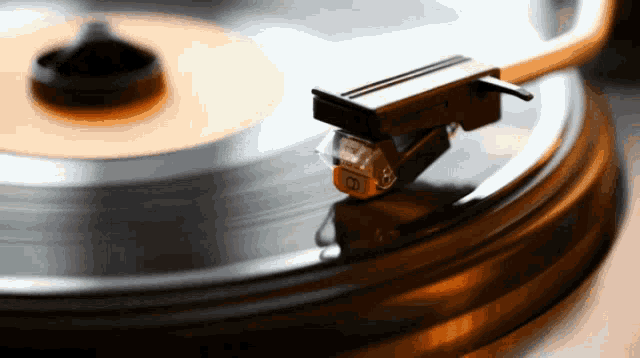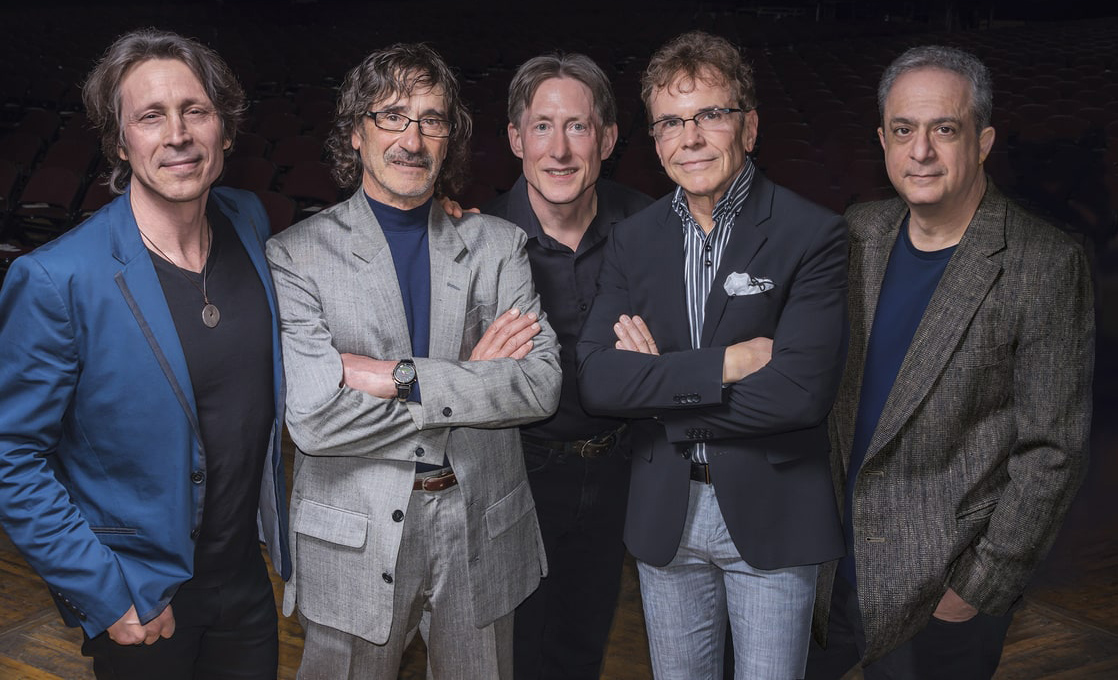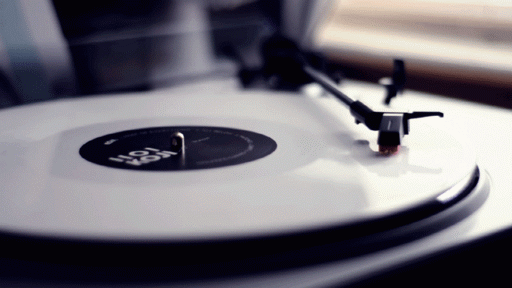We all know the connection between age and wisdom, and most can look back at moments in their lives or careers and think “Maybe that wasn’t such a good idea.” It’s an age-old concept that spans generations, cultures and continents, and often we can simply learn from our mistakes and move on. However, in the world of popular culture, video and the internet make that a much more formidable task. Every now and then a film will resurface that bears witness to poor decisions, and the UK’s Gonks Go Beat Is a prime example.
A movie has a lot to live up to when it’s labeled “the worst British film ever made”, but Gonks gives it a pretty good run for its money. In defense of the folks who produced it, we have to look at the times and the audience it was directed at. In 1964, the rock and roll scene was still in a transition from early r & b to more streamlined pop acts and Beatlemania kicked that into high gear. It was supported by a generation freely distributing expendable cash, mostly on clothes and entertainment. Music, film, toys and popular culture in general were all fair game for marketers ready to siphon off the public’s hard-earned wages. Most trends were seen as passing fads that would be discarded when the next big thing reared its head. Need an example? Look at the rock and roll films released by Paramount, 20th Century Fox and American International. They followed a simple formula: Exploit a trend with a bare bones budget and watch the profits roll in. A Hard Day’s Night was filmed in black and white for a reason. Producers asked whether the Beatles would last and were worth the extra cash to shoot in color. But these films also stumbled into historical significance not only as a reflection of passing fads, but also the early days of some of music’s most popular names. That’s the twisted beauty of Gonks Go Beat.
This was Saturday matinee stuff, but the producers had enough faith in its potential to generate revenue that it was filmed in color. It’s a science fiction story (and I use that term very loosely) centered on gonks which were popular toys similar to plush troll dolls but just a tad uglier. It’s set in the future when Earth is divided into two main social groups. British audiences could relate well to that concept not only with mods and rockers but also the growing generation gap. The two factions in the film are separated by manner of dress and musical tastes, and a music festival provides the battleground for whatever trends will be prevalent in the following year. So how is this science fiction? Well, aliens in a distant galaxy are watching earth’s evolution with disgust and send a representative to straighten out humanity or they’ll be banished to Planet Gonk where they’ll have to listen all day to Dixieland jazz. The script is inane, the dialogue is laughable, and if you didn’t like Gonk toys before you saw the movie you were guaranteed to hate them after. But there’s one redeeming quality that makes this picture watchable. The music!
The producers offer a wide range of acts they believed were on the verge of superstardom and, to a point, they were correct. Lulu & the Luvvers and the Nashville Teens had some degree of success, with Lulu as a solo, but it’s the Graham Bond Organization that draws the most critical attention. Never a hit in the US, the GBO combined sax driven jazz and r & b when catchy pop tunes were climbing the Top 40 charts. In the superficial Sixties, Graham himself was no heart throb like Peter and Gordon, Chad and Jeremy, Billy J. Kramer and so many others, but he had a hell of a group backing him up and deserves his place in the fabled history of rock and roll. Horn man Dick Heckstall-Smith would go on to play with everyone from John Mayall to former Rolling Stone Mick Taylor and many acts between, and Bond himself would work with Alexis Korner and dozens of others. Ah, but the rhythm section! Ginger Baker and Jack Bruce prior to joining up with Eric Clapton to form Cream, and the performances range from insipid to inspiring. The song “Harmonica” features Bruce on both bass and harp like he’s auditioning for the Monkees, but on the other hand Baker stands out in a six-way drum battle. There are other performances that are at least interesting, if only to divert attention from the ridiculous story line, and that’s the importance of films of this type. The sixteen songs featured in Gonks are sort of audio artifacts of simpler times when the youth movement was still finding its cultural footing and that makes the movie worth watching.
Okay, maybe just once.

